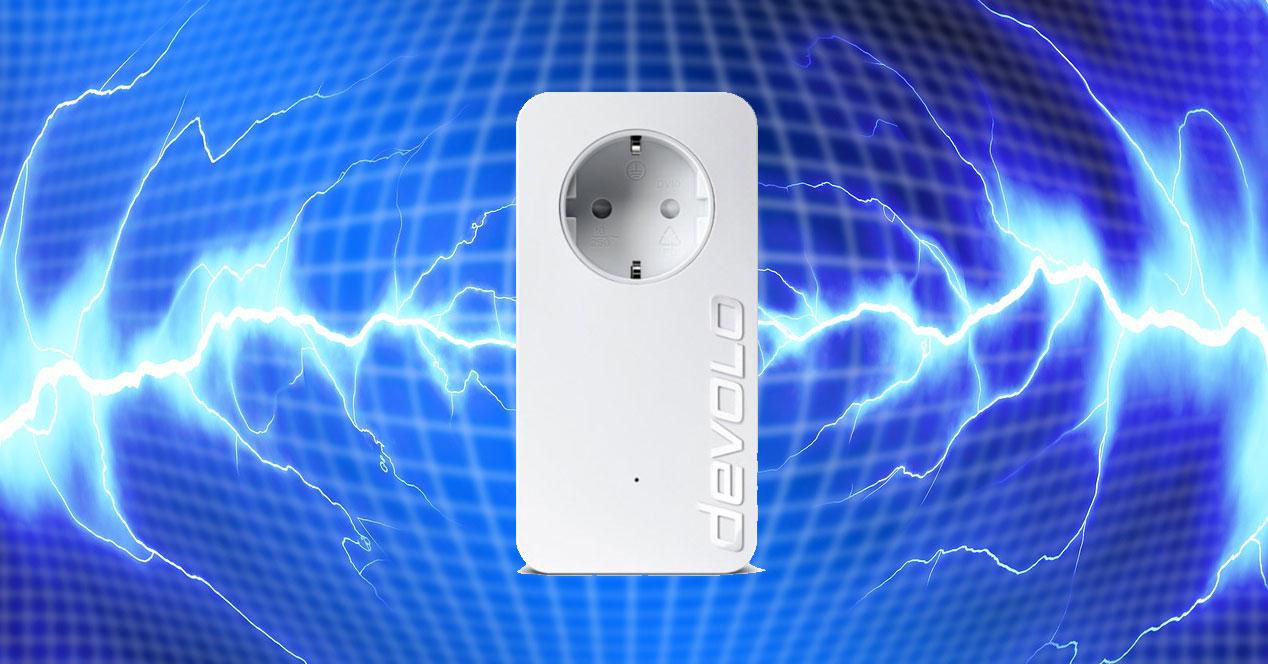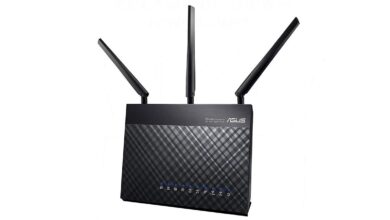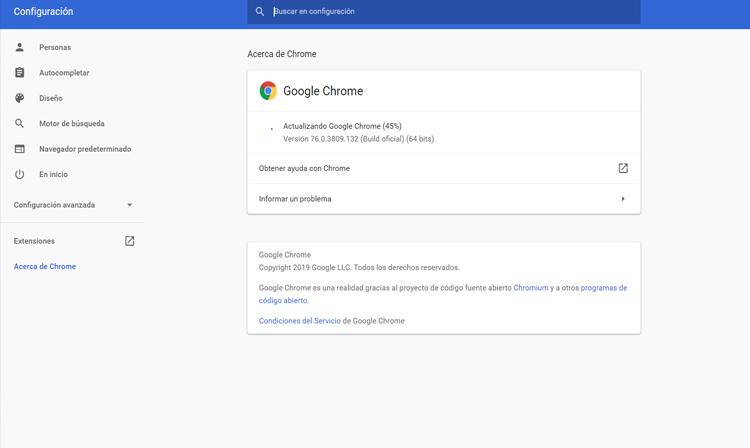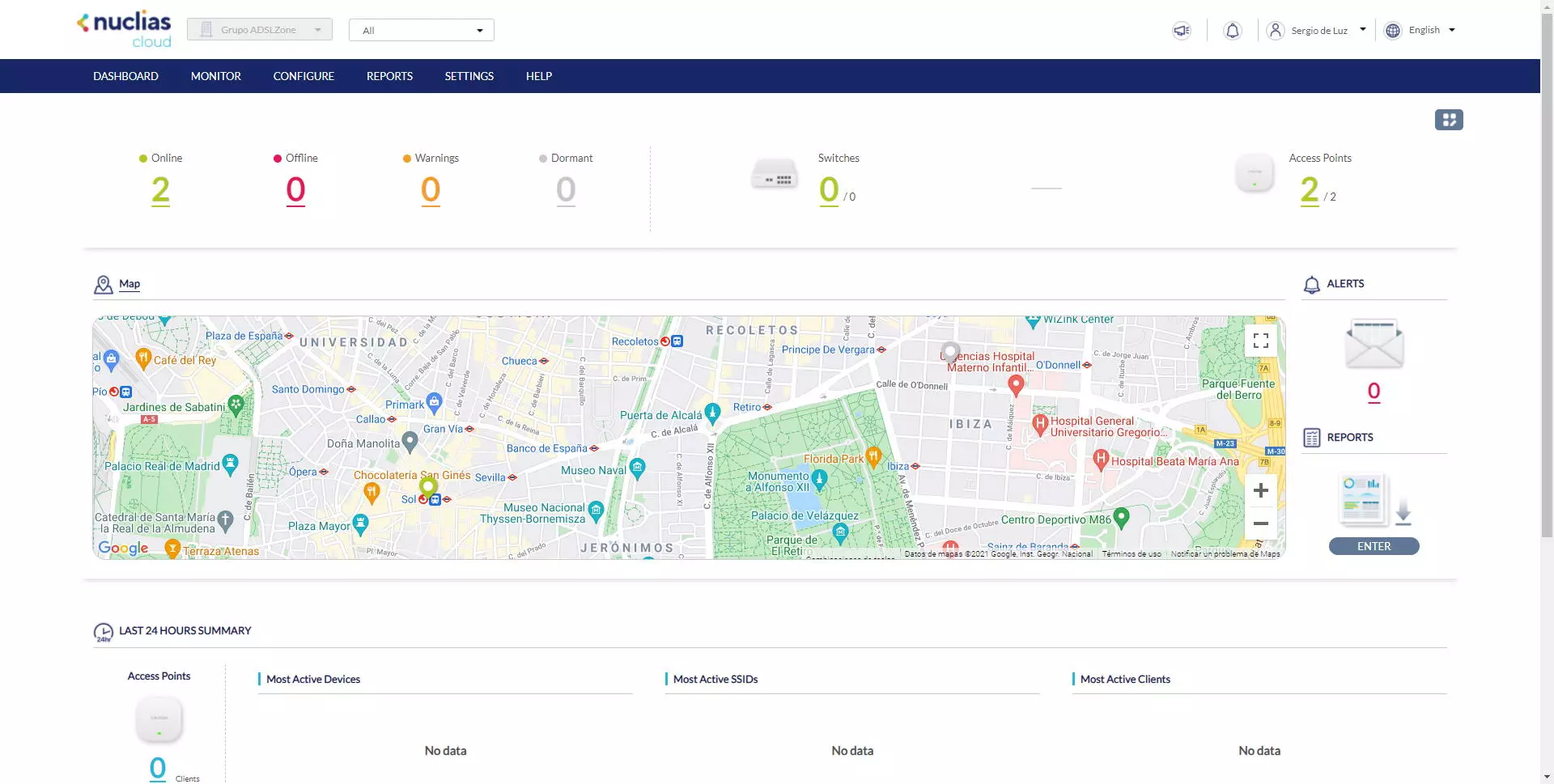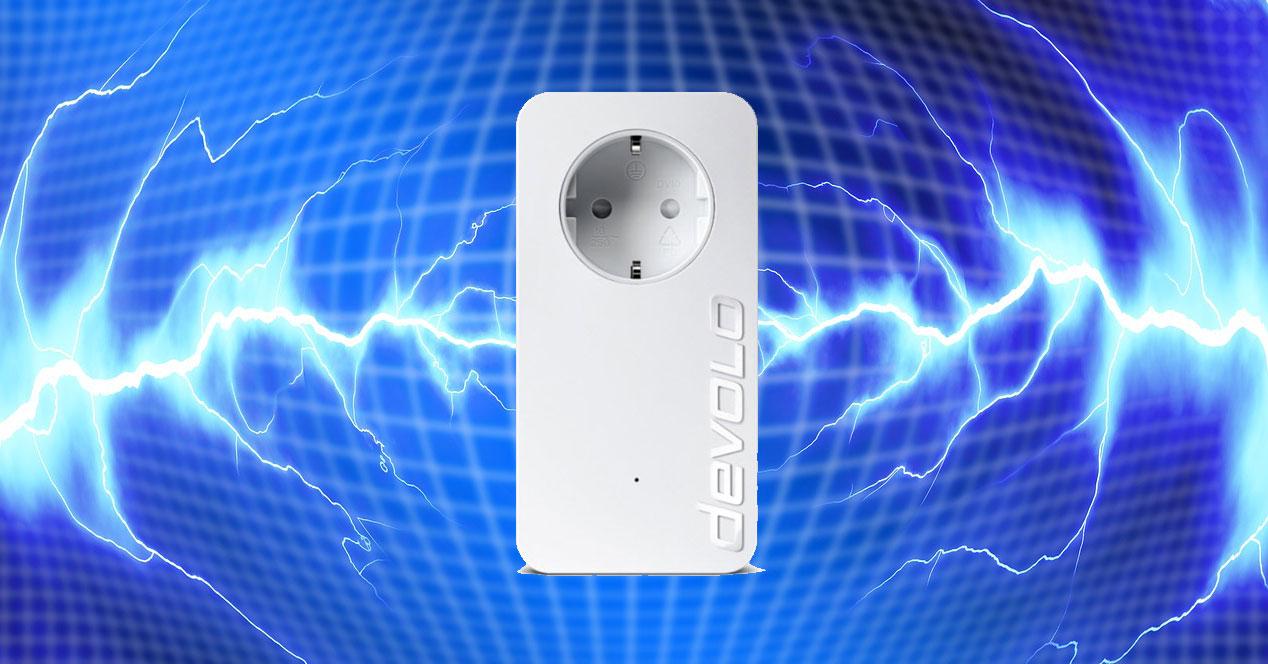
What to do to avoid having cuts in the PLC?
PLC devices or also known as Powerline, allow us to connect to the Internet through the electrical network of our house, without the need to use WiFi repeaters or run a network cable. As in all houses we have an electrical installation that reaches all rooms, we take advantage of this wiring with the aim of transmitting data. On some occasions the PLCs can be cut, especially if there are external interferences that introduce noise to the electrical installation. In many cases this problem can be mitigated with some basic recommendations.
Do not connect the PLC to plug and strip thieves
One of the great enemies of PLC devices is the connection to a plug thief and even to a power strip where we have other connected equipment. Although it is very convenient to connect the PLC to a power strip or a power strip where we have the rest of the equipment such as a computer, laptop, WiFi router, switch and other devices, the truth is that we should never connect it to a power strip, but rather we must do it directly to the wall.
If we connect it to a power strip or thief, we will have electrical noise and we will achieve a lower synchronization speed between the PLCs, in addition, in certain cases we could have sporadic synchronization cuts, so we must take this into account when connecting them. Therefore, what you should do is always connect it to the wall socket to have the best possible performance and behavior.
Currently there are PLCs that have an electrical socket on the front so as not to lose any plug. This feature is very important so as not to have to lose any plug in the room where we connect it. In this way, if we have a single plug and a connected strip, you will have to connect the PLC first and then the strip to the PLC, in this way, they will continue to have power.
Avoid using it near appliances with high consumption
Appliances that have very high consumption peaks such as an oven, microwave, washing machine or dishwasher also harm PLC devices, especially if they are very close to them. Depending on the electrical installation, this could cause jitter (high latency variation) and even cut the connection of the PLCs because they lose synchronism.
If you want to have the best user experience, our recommendation is that you place them as far as possible from these appliances that have high consumption peaks. In addition, you should also check the consumption of your PC, if it is a gaming PC with high energy consumption, it could also affect the main PLC that is connected to the home router.
Do not plug into a UPS or UPS
UPS (Uninterruptible Power Supplies) are the best friend of any electronic device such as the computer, monitor, NAS server and any other device with electrical power that is always on, such as the router and the switch that we have at home. However, UPSs or also known as UPSs are the enemy of PLC devices because they add a lot of noise to the electrical installation, seriously damaging PLC devices.
The first thing you should know is that you cannot connect a PLC “inside” the electrical network of a UPS, and another PLC connect it outside. In this scenario we will never be able to achieve synchronism, they will never “see” each other. However, if you connect them to the main electrical network at home, and use a UPS, you will probably have additional electrical noise and the sync speed will be lower, especially if you connect it close to it.
If you have a UPS to protect your equipment, our recommendation is that you place the PLC as far away as possible, however, be aware that in our case, we have detected sporadic outages with various PLC models, only because the UPS is connected to the network electrical.
With these three tips, we are sure that your PLC will improve its operation, however, if you continue with outages, our recommendation is that you disconnect different appliances that you have at home until you find the problem. There are old appliances that put a lot of noise into the electrical network, making the PLCs “suffer” a lot.
